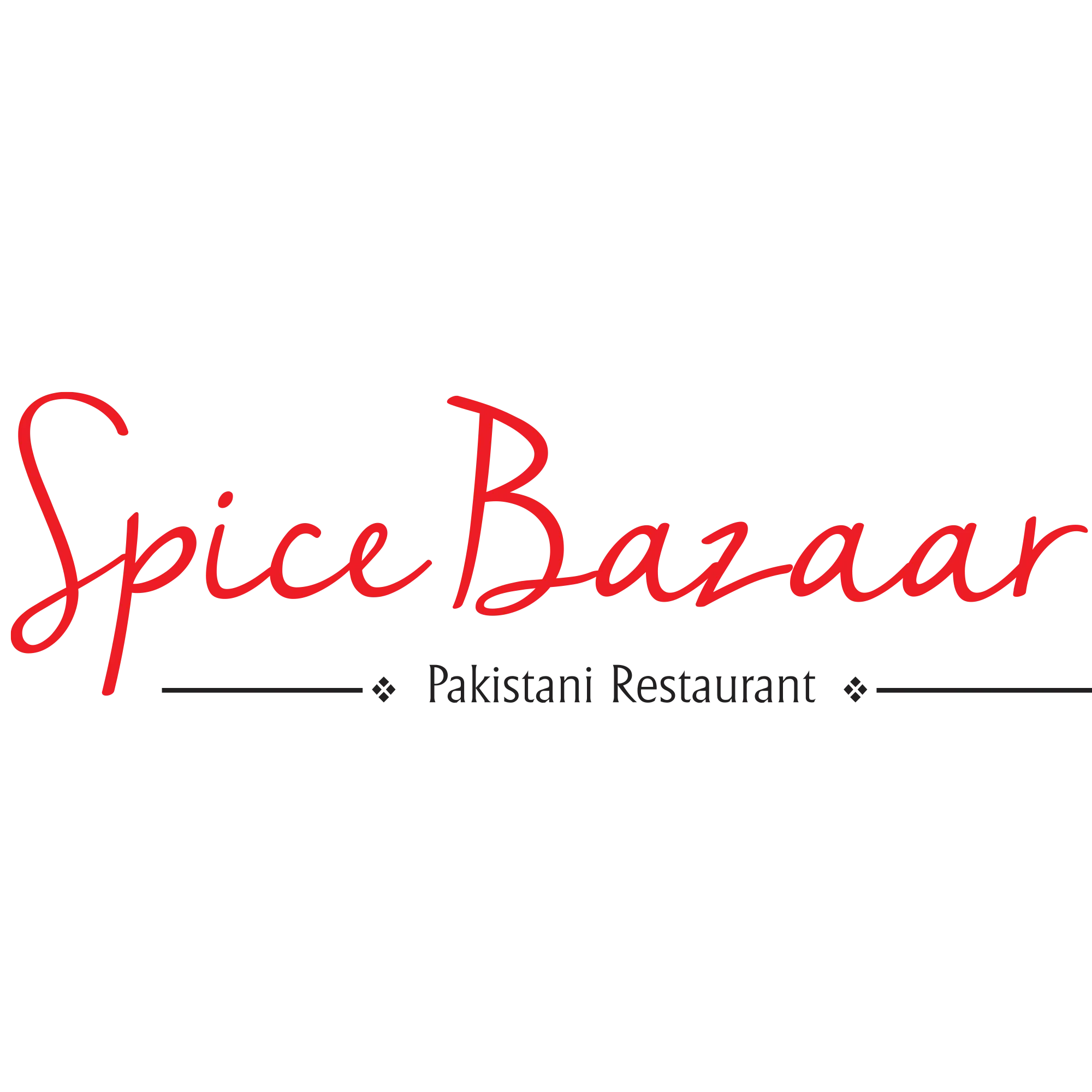The History and Evolution of Sweets
From Ancient Times to Modern Day

The day of Eid-al-Fitr dawned bright and early. The sun had barely risen when the sounds of jubilant celebration echoed through the streets. Colorful bunting adorned every corner and ornate paper lanterns hung from storefronts and homes, fluttering gently in the morning breeze. Families dressed in their finest attire and greeted each other with hugs and smiles.
But nothing quite compared to the excitement around the sweets, or mithai, that would be shared amongst family and friends. From fragrant gulab jamun to sweet and creamy barfi, the variety of mithai was enough to put a smile on everyone’s faces.
And let’s face it – for some people, happiness is a hot fudge halwa. For others, it’s a plateful of gulab jamun or rasmalai. So much of our happiness is dependent on mithai.
So why should it not be worth finding out how all of this came to be?
The discovery of sugar & the onset of the Mughal era
The love affair Pakistanis have with sweets originated 2,500 years ago. Around 8,000 B.C., people from the Indian subcontinent found something interesting inside the sugarcane reed: it was juicy, chewy, and tooth-achingly sweet.
Fast forward a few hundred decades or so and the descendents of those natives had transformed that juicy liquid into solid sugar. Since then, sugar remained a steadfast passion in the Indian subcontinent for over a millenia with many sweets being invented to showcase its flavor and texture.
The arrival of the Mughals in the early 16th century played a significant role in the evolution of sweets and mithai in the Indian subcontinent. Recipes featuring (then) luxurious ingredients like saffron, nuts, dried fruits, and rose water were now at the fingertips of confectioners and chefs alike. In fact, some of the most popular Pakistani desserts have their roots in the Middle East: jalebi with its crispy exterior and sweet syrupy center; cardamom-laced warm and comforting halwa; and the icy yet creamy kulfi with flavors truly fit for royalty.
Besides sugar, milk has been the cornerstone in creating desserts in the subcontinent. Kheer, one of the earliest-known traditional desserts, is made primarily from milk. It has a creamy texture with rich, nutty flavors; chopped almonds, pistachios, and raisins are commonly tossed in to give it that perfect balance of sweet and savory. Rasmalai is another ancient milk-based dessert that’s incredibly popular even today; soft and spongy paneer balls bathed in a fragrant milk sauce laced with cardamom and rose water.
But while sugar and milk were the mainstays of Indian desserts and mithai during Mughal rule, British Raj soon brought with it a new set of ingredients and techniques that transformed the subcontinent’s dessert culture even further.
How British Raj transformed Indian sweets & mithai
The British introduced new methods of cooking and baking that were previously not known to the subcontinent as well as new dairy products such as cream, butter, and cheese – ingredients now widely used in a range of different desserts such as cakes, cookies, and fudge.
Moreover, they brought in a new, elite class of Indians. They were more Western, more “modernized” if you will, and played an important role in the culinary landscape of India during the British Raj. They adopted many British customs and practices, including their taste in food, clothing, and entertainment.
This led to the creation of many sweets and desserts that were traditionally not made in the subcontinent such as toffees, caramel, and other candies more prevalent in Western culture and cuisine. Overtime, these more Western-style desserts, too, became popular additions to the more traditional meethas in the subcontinent.
Back to the present
Pakistani sweets have continued to evolve and adapt to new tastes, ingredients, and techniques. Today, they’re enjoyed not just in Pakistan but all over the world, and they remain an essential part of the country’s cultural identity.
The history of Pakistani sweets is a reflection of the country’s rich past and heritage and it continues to shape and inspire the culinary landscape of the world.


